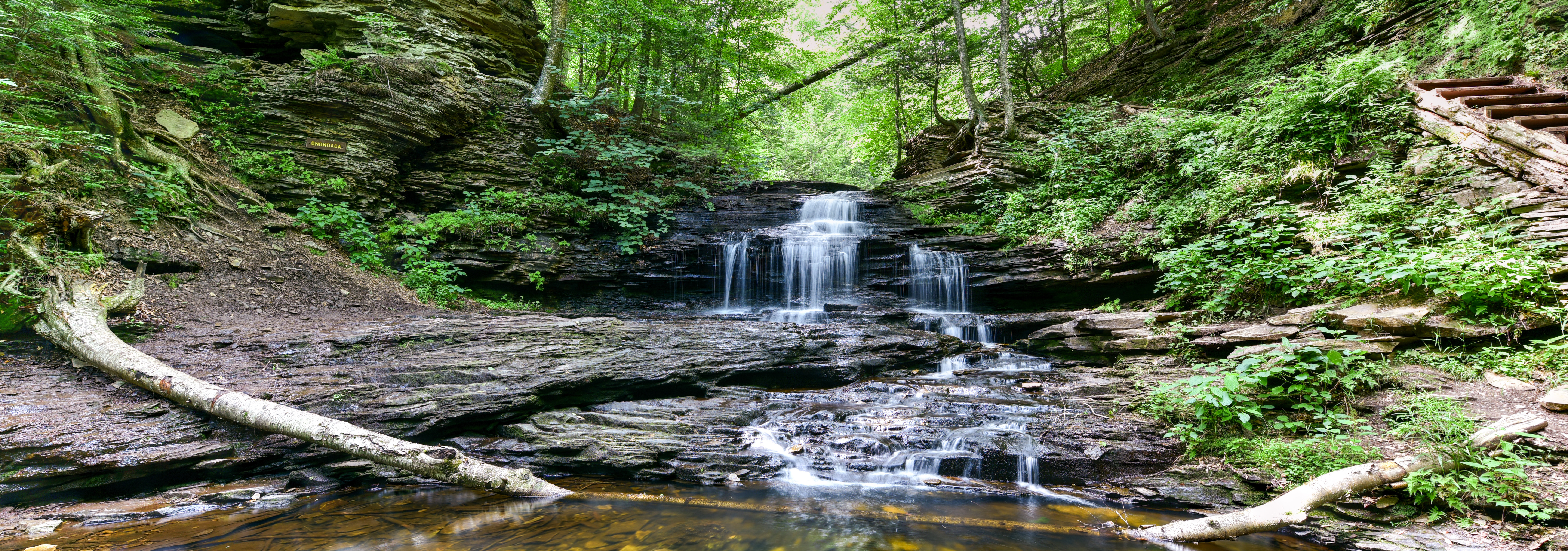Thursday, June 9, 2016
DoubleTree Suites by Hilton Philadelphia West
640 Fountain Rd, Plymouth Meeting, PA
DIRECTIONS
Presenter: Richard K. Lee, P.G., R.GP., President and Principal Geophysicist (Quantum Geophysics)
Program
Noon: Arrivals, Registration (Walnut B Foyer)
Lunch (Brandywine Hunt Club)
12:45-3:30: Seminar (Walnut B)
3:30: Adjournment
Professional Development
DE, SC 60 mins. = 1 CEU
PA 50 mins. = 1 PDH
Overview
Those working on contaminated sites often need to identify subsurface conditions that control the movement of contaminants. Subsurface conditions include bedrock fractures, faults, geologic contacts, localized depressions in the top of rock, "breaks" in confining layers, and voids (karst). These conditions tend to be small and unpredictable, which makes them difficult to find via traditional exploratory drilling. Many sites are located in urban environments where site conditions (e.g., buried piping, fill, paved surfaces) impact the effectiveness of some geophysical methods, especially those more familiar to geologists and environmental scientists (GPR, EM, electrical resistivity). There is now a growing awareness that some "non-traditional" geophysical methods can be very effective in mapping subsurface conditions in urbanized settings. These methods include the multi-channel analysis of surface waves (MASW) and microgravity.
This session will describe how MASW and microgravity works (e.g., equipment, data acquisition, data processing, and analysis), and look at several case histories. We will also discuss what conditions can impact MASW and microgravity measurements (some can be mitigated, some can't), and why GPR, EM, and electrical resistivity are generally not effective in urbanized settings.
MASW-Derived Shear WaveVelocity
Profile of a Fracture or Fault Zone

 Who Should Attend:
Who Should Attend:
Geologists, environmental scientists, engineers, policy makers, regulators, municipal and authority engineers and officials.

About our Speaker
Richard K. Lee, P.G., R.GP., President and Principal Geophysicist (Quantum Geophysics)
Lee received a B.S. degree in geology from Colgate University, and an M.S. degree in geology from the University of Pittsburgh.
He is a registered geophysicist (CA) and a professional geologist (PA). In over 35 years as a practicing geophysicist, Mr. Lee has worked closely with engineers and geologists on a variety of projects throughout the lower 48 states, Alaska, Hawaii, and Puerto Rico. Mr. Lee specializes in applying geophysics to the evaluation of karst terrain, the characterization of hazardous waste sites, locating water supply (sand and gravel, and fractured aquifers), and evaluating infrastructure (pipelines, roads, dams, levees).



